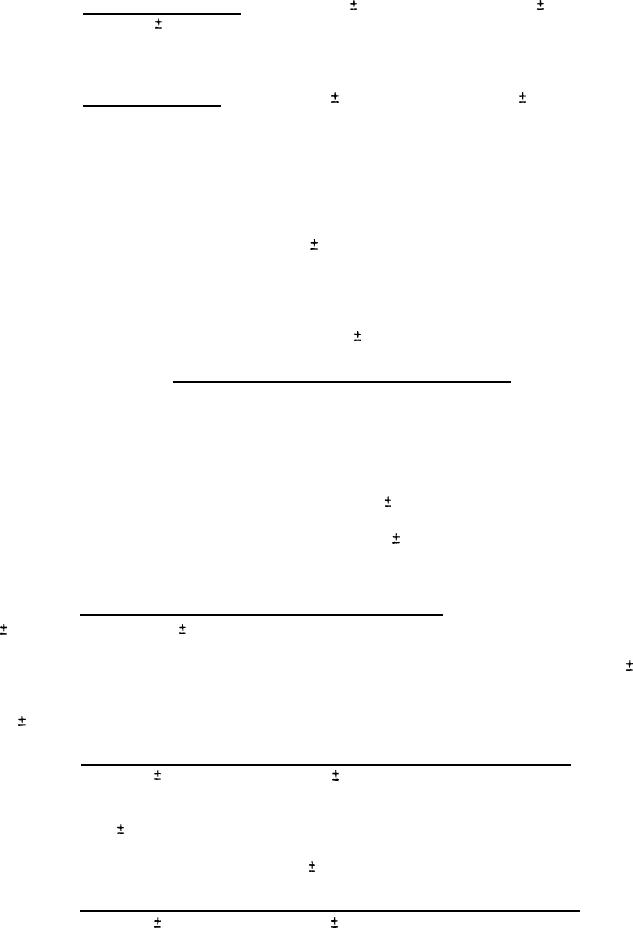 |
|||
|
Page Title:
Table I. Headstone output pulse characteristics. |
|
||
| ||||||||||
|
|  MIL-T-81404B(AS)
3.5.1.1.2 Interlock circuit. With 115
11.5 volts AC, 400
20 Hz
applied through a 2600
260-ohm resistance to J101-R, the maximum current
into J101-R for TEST switch positions 4 and 16 (OFF) shall be 1 ma. For all
other TEST switch positions, the minimum current into J101-R shall be 35 ma.
3.5.1.2.3 Headtone output. With 115
11.5 volts AC, 400
20 Hz applied
to J101-B, the headtone output shall be present at J101-U for TEST switch
positions 5 through 10 unless otherwise specified herein. The headtone output
shall be a pulse whose repetition rate has a period corresponding to one of
the four states listed below, where the nominal, minimum, and maximum values
of T1, T4, T2 and T3, and T3 are specified in NAVAIR 17-15ASM149B-1A (CONFI-
DENTIAL). For HEADTONE FUNCTION switch positions CYC SIDS and CYC SLOW the
headtone output shall be cycling through the four states in a ...-3-4-1-2-3-4-
1-2... sequence with a dwell time of 10
2 seconds in each state. Placing
the HEADTONE FUNCTION switch in position NON CYC SIDS or NON CYC SLOW shall
stop the cycling and hold the existing state. Cycling shall resume at the
point of interruption when the HEADTONE FUNCTION switch is returned to posi-
tion CYC SIDS or CYC SLOW. The headtone output pulse shall have the following
characteristics with a resistive load of 220
22 ohms applied to J101-U:
TABLE I.
Headtone output pulse characteristics.
Period:
State 1
T1
State 2
T4
State 3
T2 and T3
State 4
T3
Pulse Width (at 50 percent of
180
10 microseconds
peak amplitude)
Pulse Amplitude (peak)
+6.6
1.2 volts
Pulse Rise Time
5 microseconds max.
3.5.1.1.4 TEST switch position 1 (heater voltage). An input voltage of
104.0
1.0 volts AC, 400
20 Hz applied to J101-B shall cause the QUALITY
meter to indicate on the center of the line which determines the left edge of
the triangle zone. When the input voltage at J101-B is increased to 126.5
2.0 volts AC, the QUALITY meter shall indicate on the center of the line which
determines the right edge of the triangle zone. The current into J101-B shall
be 0.60
0.20 amperes for any input voltage from 103.5 to 126.5 volts AC.
3.5.1.1.5 TEST switch position 2 (guidance and control power on). An
input voltage of 104.0
1.0 volts AC, 400
20 Hz applied to J101-C shall
cause the QUALITY meter to indicate on the center of the line which determines
the left edge of the triangle zone. When the input voltage at J101-C is
increased to 126.5
2.0 volts AC, the QUALITY meter shall indicate on the
center of the line which determines the right edge of the triangle zone. The
input resistance at J101-C shall be 230
15 ohms.
3.5.1.1.6 TEST switch position 3 guidance and control power off). An
input voltage of 104.0
1.0 volts AC, 400
20 Hz applied to J101-C shall
cause the QUALITY meter to indicate on the center of the line which determines
the left edge of the triangle zone. When the input voltage at J101-C is
6
|
|
Privacy Statement - Press Release - Copyright Information. - Contact Us |